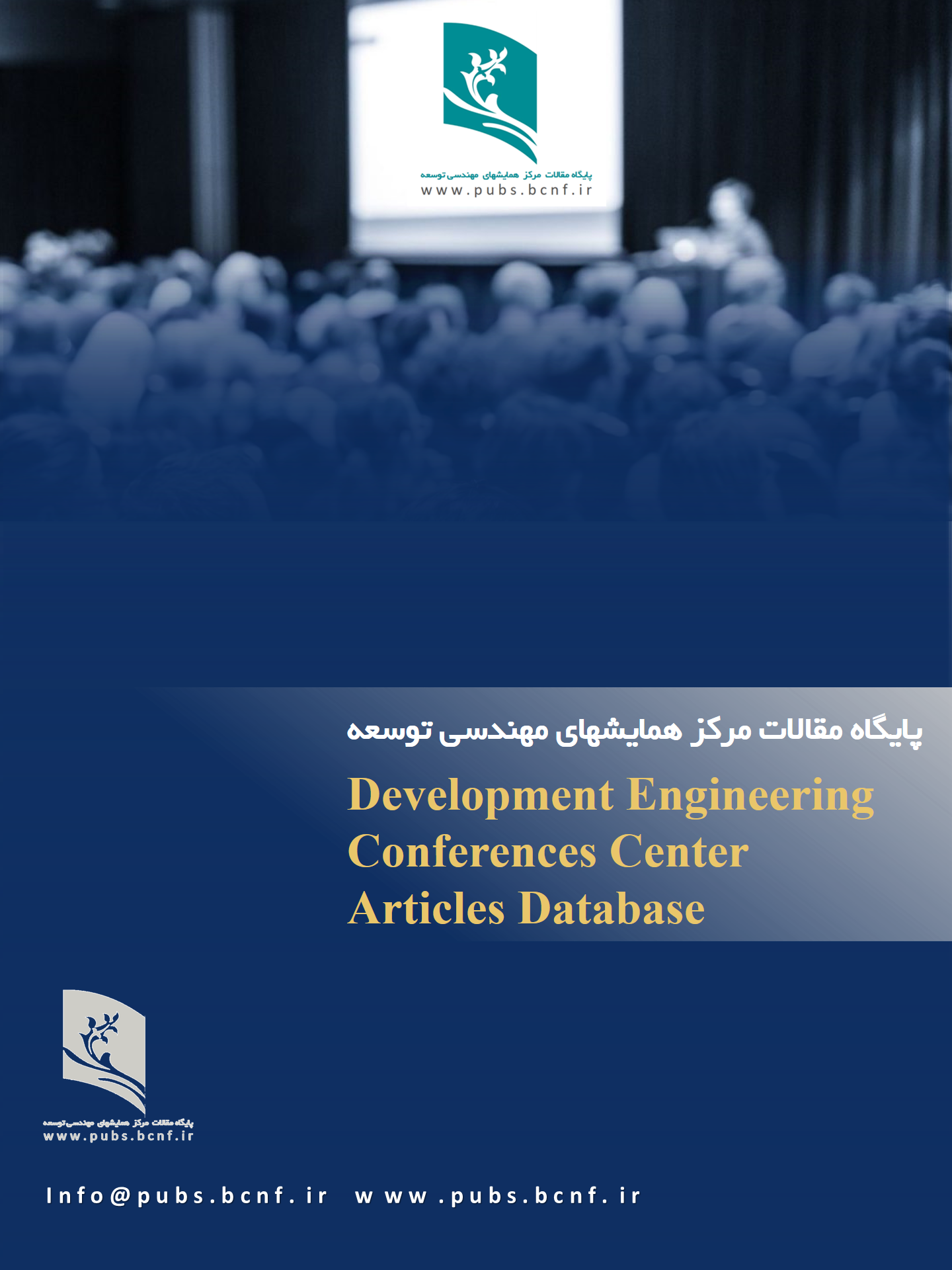Optimization of Liposome Production via Microfluidic Method: A Comparative Study of Design of Experiments Approaches
Keywords:
Design of Experiments, Liposome Production, Microfluidic Method, Optimization, Machine LearningAbstract
This study presents an optimized approach for liposome production using the microfluidic method by integrating Design of Experiments (DoE) and machine learning. Three DoE methodologies—Box-Behnken Design (BBD), Central Composite Design (CCD), and Full Factorial Design—were systematically compared to identify the most efficient strategy for process optimization while minimizing the number of experimental runs. Process modeling was performed using the Gradient Boosting Regressor algorithm, with model performance assessed based on R², MAE, and RMSE metrics. The findings demonstrated that the CCD approach achieved the highest predictive accuracy for liposome size (R² = 0.9870) with a reduced number of experiments. Conversely, the full factorial design yielded comparable accuracy but proved inefficient in terms of time and resource allocation due to the extensive number of required experiments. The BBD method was deemed unsuitable due to its lower predictive accuracy. This study underscores the potential of leveraging DoE in conjunction with machine learning to enhance liposome production efficiency and reduce experimental costs.
Downloads
References
[1] S. Pande, Liposomes for drug delivery: review of vesicular composition, factors affecting drug release and drug loading in liposomes, Artif Cells Nanomed Biotechnol 51 (2023). https://doi.org/10.1080/21691401.2023.2247036.
[2] P.C. Soema, G.J. Willems, W. Jiskoot, J.P. Amorij, G.F. Kersten, Predicting the influence of liposomal lipid composition on liposome size, zeta potential and liposome-induced dendritic cell maturation using a design of experiments approach, European Journal of Pharmaceutics and Biopharmaceutics 94 (2015). https://doi.org/10.1016/j.ejpb.2015.06.026.
[3] A.A. Khafoor, A.S. Karim, S.M. Sajadi, Recent progress in synthesis of nano based liposomal drug delivery systems: A glance to their medicinal applications, Results in Surfaces and Interfaces 11 (2023). https://doi.org/10.1016/j.rsurfi.2023.100124.
[4] S. Wang, Y. Chen, J. Guo, Q. Huang, Liposomes for Tumor Targeted Therapy: A Review, Int J Mol Sci 24 (2023). https://doi.org/10.3390/ijms24032643.
[5] B. Pradhan, N. Kumar, S. Saha, A. Roy, LIPOSOME: METHOD OF PREPARATION, ADVANTAGES, EVALUATION AND ITS APPLICATION, Journal of Applied Pharmaceutical Research 3 (2015).
[6] H. Nsairat, D. Khater, U. Sayed, F. Odeh, A. Al Bawab, W. Alshaer, Liposomes: structure, composition, types, and clinical applications, Heliyon 8 (2022). https://doi.org/10.1016/j.heliyon.2022.e09394.
[7] G. Zhang, J. Sun, Lipid in chips: A brief review of liposomes formation by microfluidics, Int J Nanomedicine 16 (2021). https://doi.org/10.2147/IJN.S331639.
[8] Y. Matsuura-Sawada, M. Maeki, S. Uno, K. Wada, M. Tokeshi, Controlling lamellarity and physicochemical properties of liposomes prepared using a microfluidic device, Biomater Sci 11 (2023). https://doi.org/10.1039/d2bm01703b.
[9] R. Han, Z. Ye, Y. Zhang, Y. Cheng, Y. Zheng, D. Ouyang, Predicting liposome formulations by the integrated machine learning and molecular modeling approaches, Asian J Pharm Sci 18 (2023) 100811. https://doi.org/10.1016/j.ajps.2023.100811.
[10] S. Wang, M.E. Celebi, Y.-D. Zhang, X. Yu, S. Lu, X. Yao, Q. Zhou, M.-G. Miguel, Y. Tian, J.M. Gorriz, I. Tyukin, Advances in Data Preprocessing for Biomedical Data Fusion: An Overview of the Methods, Challenges, and Prospects, Information Fusion 76 (2021) 376–421. https://doi.org/10.1016/j.inffus.2021.07.001.
[11] S. Lindsay, O. Tumolva, T. Khamiakova, H. Coppenolle, M. Kovarik, S. Shah, R. Holm, Y. Perrie, Can We Simplify Liposome Manufacturing Using a Complex DoE Approach?, Pharmaceutics 16 (2024) 1159. https://doi.org/10.3390/pharmaceutics16091159.
[12] A. Jain, P. Hurkat, S.K. Jain, Development of liposomes using formulation by design: Basics to recent advances, Chem Phys Lipids 224 (2019). https://doi.org/10.1016/j.chemphyslip.2019.03.017.
[13] R. Han, Z. Ye, Y. Zhang, Y. Cheng, Y. Zheng, D. Ouyang, Predicting liposome formulations by the integrated machine learning and molecular modeling approaches, Asian J Pharm Sci 18 (2023). https://doi.org/10.1016/j.ajps.2023.100811.
[14] M.A.I. Arif, S.I. Sany, F. Sharmin, M.S. Rahman, M.T. Habib, Prediction of addiction to drugs and alcohol using machine learning: A case study on Bangladeshi population, International Journal of Electrical and Computer Engineering 11 (2021). https://doi.org/10.11591/ijece.v11i5.pp4471-4480.
[15] K. Jarzynska, A. Gajewicz-Skretna, K. Ciura, T. Puzyn, Predicting zeta potential of liposomes from their structure: A nano-QSPR model for DOPE, DC-Chol, DOTAP, and EPC formulations, Comput Struct Biotechnol J 25 (2024). https://doi.org/10.1016/j.csbj.2024.01.012.
[16] P. Aumklad, P. Suriyaamporn, S. Panomsuk, B. Pamornpathomkul, P. Opanasopit, Artificial intelligence-aided rational design and prediction model for progesterone-loaded self-microemulsifying drug delivery system formulations, Science, Engineering and Health Studies (2024) 24050002. https://doi.org/10.69598/sehs.18.24050002.
[17] S. Matalqah, Z. Lafi, Q. Mhaidat, N. Asha, S. Yousef Asha, ‘Applications of machine learning in liposomal formulation and development,’ Pharm Dev Technol (2025) 1–11. https://doi.org/10.1080/10837450.2024.2448777.
[18] R. Gupta, D. Srivastava, M. Sahu, S. Tiwari, R.K. Ambasta, P. Kumar, Artificial intelligence to deep learning: machine intelligence approach for drug discovery, Mol Divers 25 (2021). https://doi.org/10.1007/s11030-021-10217-3.



